French painter and sculptor Paul-Louis Rebora defines ‘Lucerail’ as “a concept together with a method, a style of painting as an approach to Fine Arts; a combination of light and color in a new way which can be easily positioned in museums, or be used in Applied Arts and contemporary architecture.”
This French artist travelled to Iran a few days ago at the invitation of managers at Dr. Rahgoshay House-Museum in Badrood, Kashan who are an Iranian-French couple. Rebora, who is considered Pablo Picasso’s last surviving student, was interviewed by Mehr News Agency correspondent at the Arts desk, Azadeh Sohrabi. The interview was translated from French into Persian by Miriam Gotz, Dr. Rahgoshay’s wife who hosted the French artist, and into English by Marjohn Sheikhi.
“I started with figurative art like all the rest, with drawing objects,” Rebora told MNA about his journey through the world of arts and getting to the point where he created his own style, “I was born in Morocco and took up courses in Fine Arts there, but then came to France to continue my studies. The more I worked with figurative art and landscape painting, the more dissatisfied I grew. I felt that I wasn’t making any progress, so I went into abstract art. I studied abstract art for years in order to invent my own style of painting.”
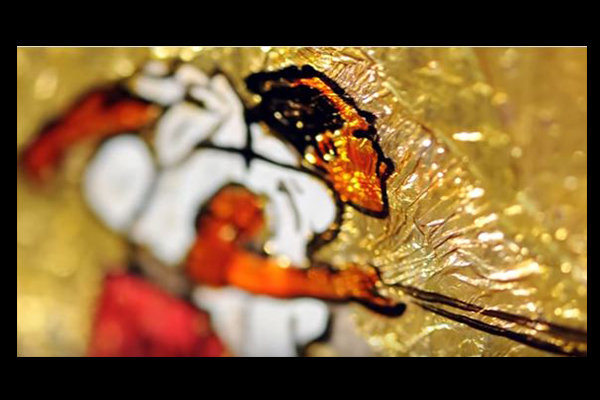
“I started working on my own style 30 years ago. I’m 89 years old now and I’m still as much in love with it as the first time,” he added.
“What mattered to me the most was that I wanted to create something that would allow the audience to feel as part of the painting and fall into some kind of trance when looking at it,” he said.
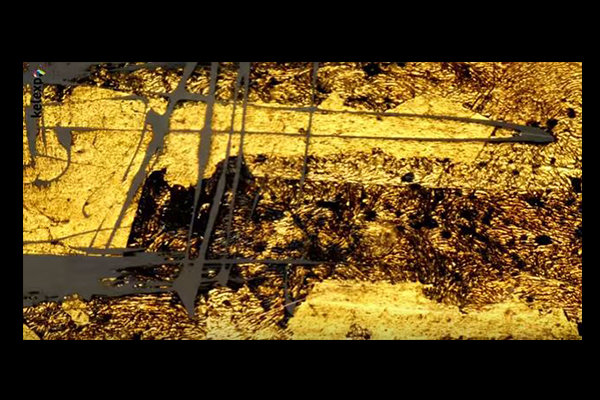
He explained more about ‘Lucerail’: “my style is painting on the back of glass, as if you are standing before a painting through which light passes. Light is an important element in creation of my works. The transformation that I seek to provoke in my audience is achieved by light passing through the painting.”
“I paint on several layers at the back of a glass and leave some spots untouched. Then I create holes in these spots that will be later covered by sheets of gold, copper or silver. Then I turn on the light behind the paintings,” he added.
“I use light, form and color to evoke a feeling in the audience, not to have them faced with a question,” he said.
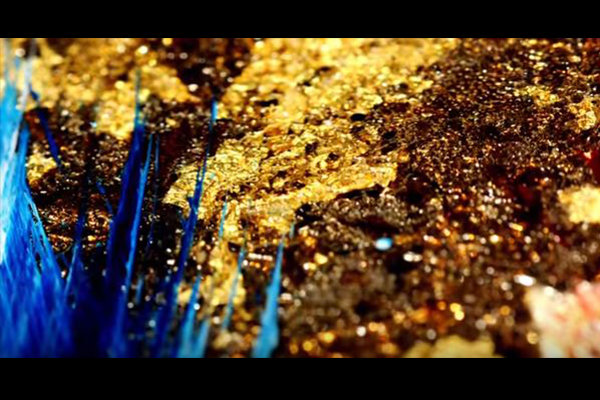
Asked if he would like to set up a gallery of his works in Iran, he said “I would love that very much, but I can’t do it on my own. I need an institute or gallery in Iran to cooperate with me on this. Furthermore, it is very important to me to be present during the whole process of setting up my works for display.”
Rebora is considered the last surviving student of Pablo Picasso who is known for the “cubist” style of art.
“Picasso was an empire. He was brilliant in everything he did. You can’t find one single flaw in his works. We were close friends, asking for one another’s opinions and feedback. He’s been gone for a long time but I learned a lot from him when he was still with us.”
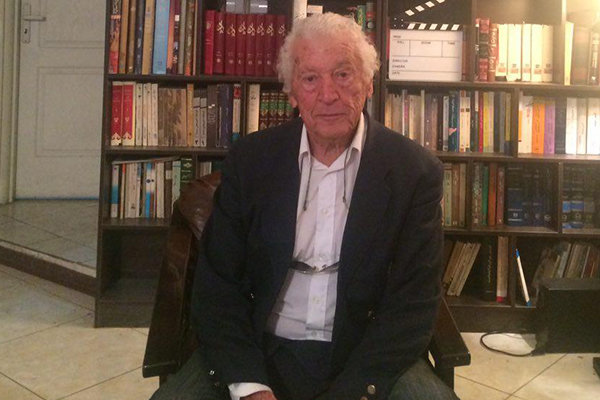
“In fact, there is nothing new I can say about him that you haven’t heard already,” he reminisced. “He was full of ideas and with a perfect mastery over his works. More importantly, he worked in many different fields as was common among my generation. Nowadays, you can find few artists who work in several fields at the same time."
“I, for example, do graphics, work with charcoal, bronze and ceramics. I make sculptures and do paintings. Many actually call me the second Picasso,” he laughs.
Painter and sculptor Paul-Louis Rebora is a member of the Academy of Fine Arts of Quebec (Canada), President of the International group "Art Couleur Matière", creator of the new concept "Lucerail”, a revolution in the “museal abstract art”, or in the contemporary architectural decoration.
The interview is available in Persian here.




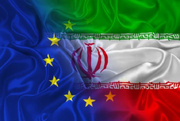


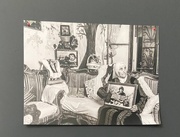
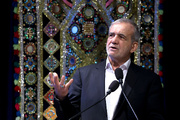
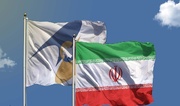

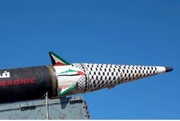


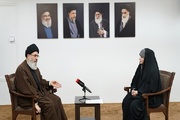
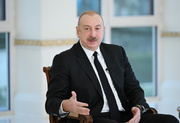


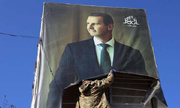
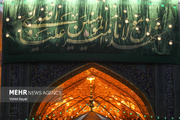
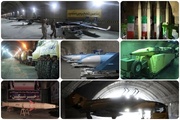
Your Comment